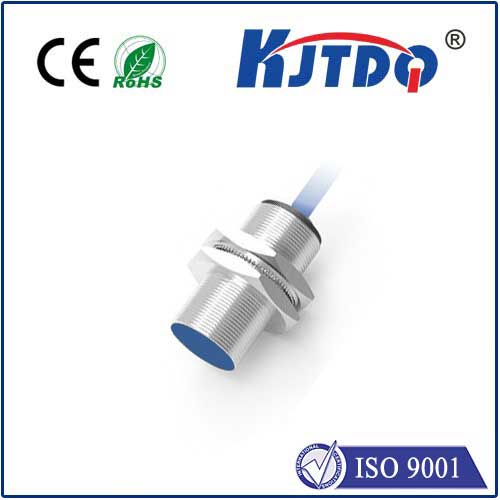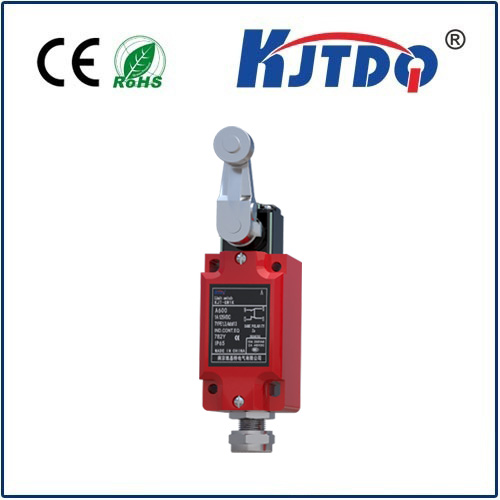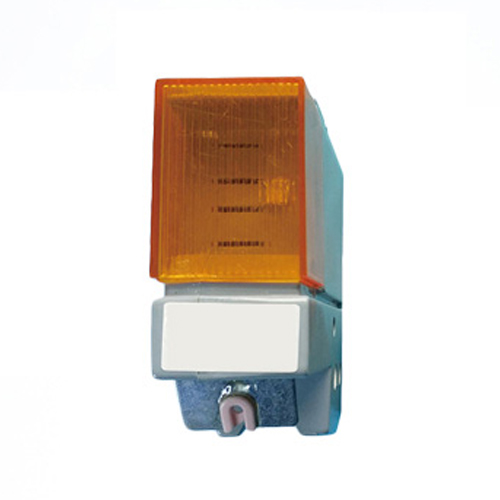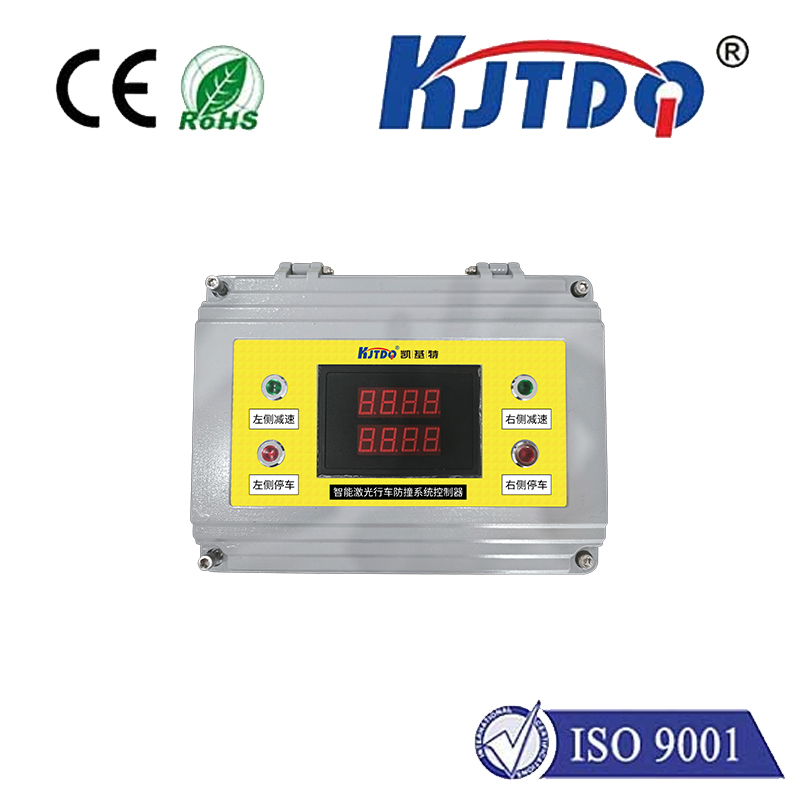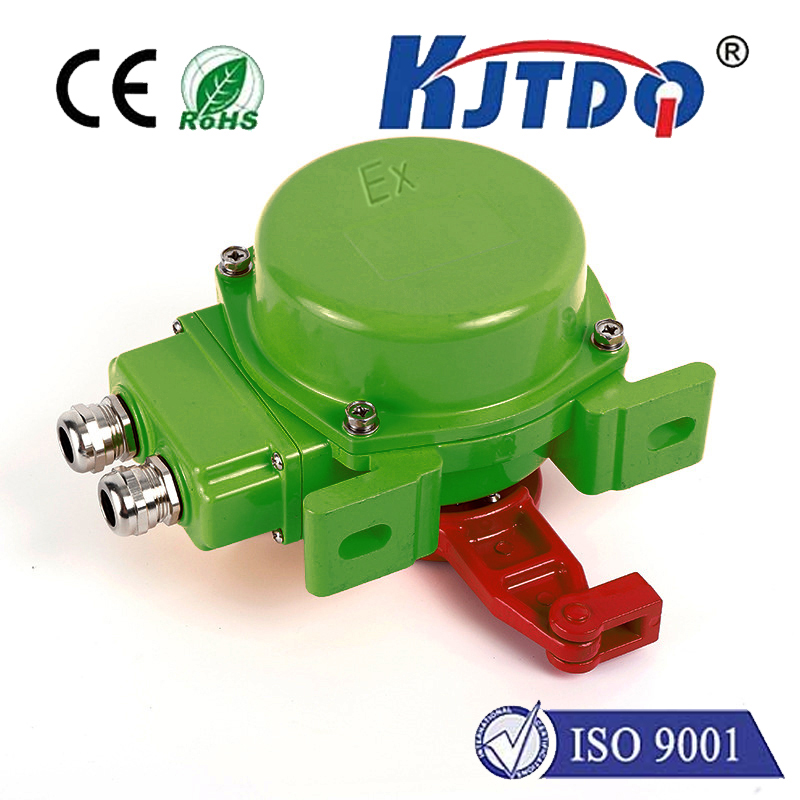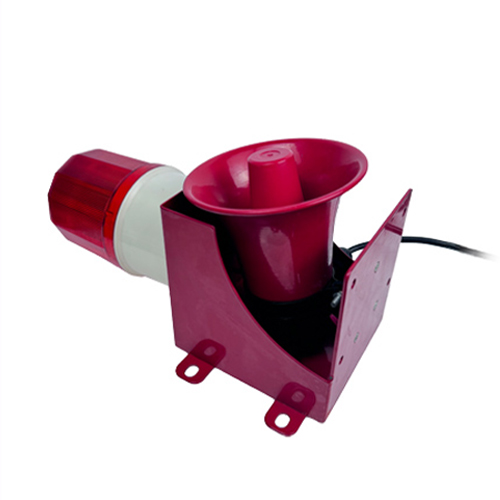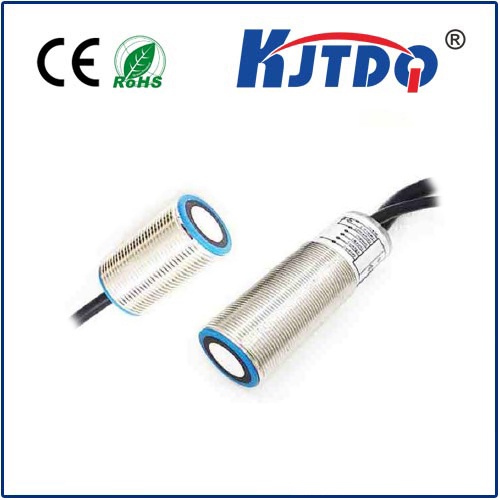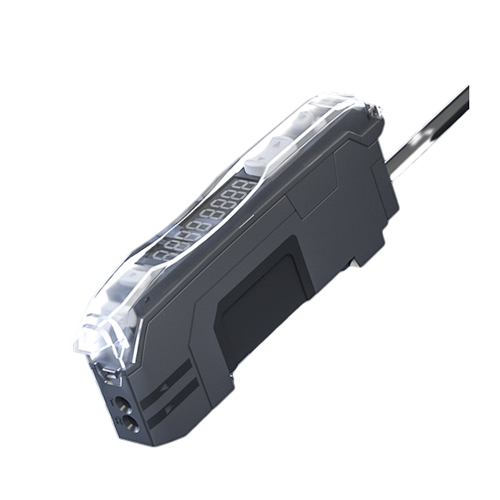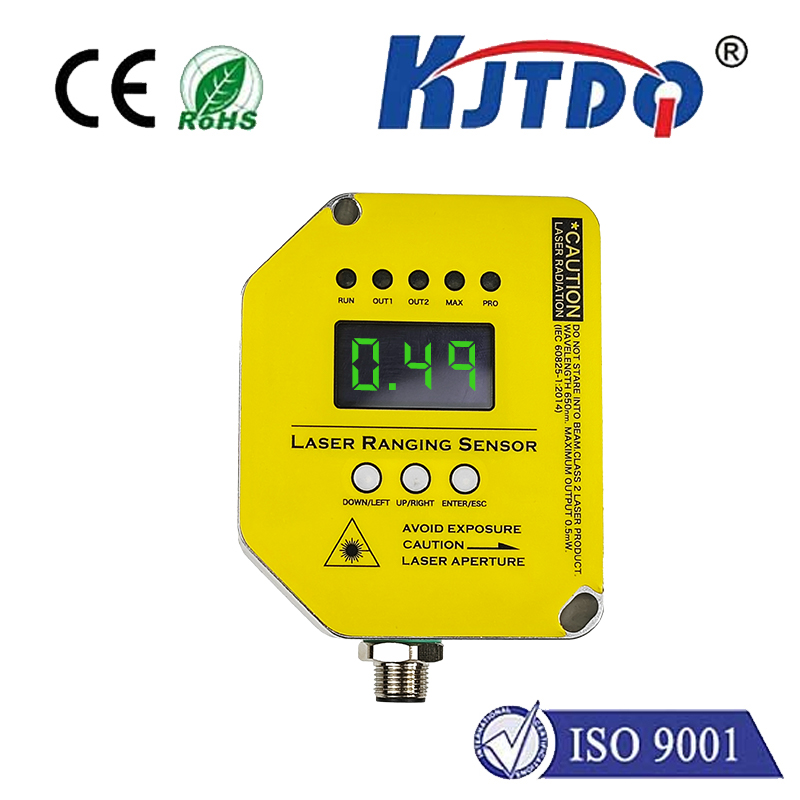air limit switch
- time:2025-07-30 14:41:35
- Click:0
Air Limit Switch: The Silent Sentinel of Pneumatic Precision
Imagine a bustling factory floor. Hydraulic arms lift heavy loads, conveyor belts hum with relentless motion, robotic welders spark with rhythmic accuracy. Beneath the surface of this orchestrated chaos lies an unseen network of pressurized air – the lifeblood of countless pneumatic systems. And ensuring these systems operate safely, reliably, and efficiently, often in critical moments, is a small but indispensable component: the Air Limit Switch. This unassuming device acts as a crucial monitor and controller, safeguarding operations by detecting the precise position of actuators or confirming critical changes within a pneumatic circuit.
What Exactly is an Air Limit Switch?
At its core, an air limit switch is a pneumatic position sensor. It functions as a mechanically operated valve specifically designed to detect the physical presence or absence of a moving part, most commonly the piston rod of a pneumatic cylinder. Unlike its electrical counterpart that senses position and outputs an electrical signal, an air pilot valve or pneumatic limit valve reacts to physical actuation by either allowing or blocking the flow of compressed air.
Think of it as a gatekeeper for air pressure. When the target component (like a cylinder rod) makes contact with the switch’s actuator arm, roller, or plunger, it physically shifts an internal valve mechanism. This shift either:
- Opens a Pilot Passage: Allowing compressed air to flow through (signaling “actuation detected” pneumatically).
- Closes a Pilot Passage: Blocking compressed air flow (signaling “position not reached” or “no actuation”).
This change in airflow state provides a crucial pneumatic signal. This signal can then be fed into the control system – often a pneumatic sequencer or logic controller (like a shuttle valve setup) – to confirm a cylinder has completed its stroke, trigger the next step in a sequence, prevent over-travel, indicate a jam, or initiate a safety stop. Its operation is fundamentally mechanically initiated, pneumatically signaled.

The Inner Workings: Simplicity Meets Reliability
The beauty of the standard air cylinder limit switch lies in its straightforward, robust design:
- Actuator Mechanism: This is the part physically contacted by the moving component. Common types include:
- Roller Lever: Ideal for smooth engagement with reciprocating rods. Provides positive reset.
- Plunger/Push Button: Direct contact; compact design, often adjustable.
- Whisker/Trip Lever: Sensitive to light contact from various angles. Essential for detecting delicate or small movements.
Valve Body: Houses the critical sealing elements and flow paths. Typically contains a precision-machined spool or poppet valve.
Ports: Usually feature standard pneumatic ports (like 1⁄8” or 1⁄4” NPT):
- Inlet (P): Supply pressure connection.
- Outlet (A or 2): The output signal port; pressure appears here when actuated.
- Exhaust (R or 3): Vent to atmosphere when the switch is unactuated (in its Normally Closed or Normally Open resting state).
- Valve Function: The switch inherently functions as a 3⁄2-way valve (3 ports, 2 positions):
- Normally Closed (NC): No flow from P to A at rest. Actuation opens the flow path P->A, sending an air signal.
- Normally Open (NO): Flow from P to A exists at rest. Actuation closes the flow path P->A, venting A->R to exhaust, removing the signal air.
Where are Air Limit Switches Essential?
The applications for pneumatic position sensing are vast, spanning numerous industries where compressed air drives motion:
- Material Handling & Packaging: Confirming grippers are open/closed, verifying part presence in nests, signaling end-of-stroke on pushers or lifters, confirming box flaps are closed before sealing. Over-travel prevention is critical here.
- Automotive Manufacturing: Detecting cylinder position in welding fixtures, paint booths (where non-sparking operation is vital), clamping stations, and assembly line transfers.
- Food & Beverage Processing: Used in filling machines, capping stations, conveyor diverters, and palletizers. Their explosion-proof nature (no electrical sparks) makes them suitable for wet or washdown environments resistant to chemical corrosion.
- Machine Tools: Monitoring tool changers, workpiece clamping/unclamping, safety door interlocks in presses, and coolant system actuators.
- Pharmaceutical & Electronics: Providing precise position feedback in cleanrooms where electrical devices might cause interference or contamination concerns; crucial for delicate handling machinery.
- Hazardous Locations: Environments laden with flammable gases, vapors, or dust (ATEX zones) rely heavily on intrinsically safe pneumatic limit switches due to their lack of electrical energy.
Why Choose Pneumatic Limit Switches Over Electrical Sensors?
While electrical proximity sensors (inductive, capacitive, photoelectric) are powerful tools, air operated limit switches offer distinct advantages in specific scenarios:
- Intrinsic Safety: No risk of sparking. This is non-negotiable in explosive atmospheres (oil & gas, chemicals, grain silos) or environments where flammable materials are present. They meet stringent ATEX and IECEx standards intrinsically.
- Immunity to Interference: Unaffected by electromagnetic interference (EMI) or radio frequency interference (RFI), common challenges near large motors, welders, or VFDs. Ensures reliable pneumatic signal integrity.
- Robustness & Durability: Designed for harsh industrial environments – resistant to vibration, impact, dust, moisture, oils, and wide temperature fluctuations. Simple mechanics mean fewer failure points.
- Simplicity in Pneumatic Systems: They integrate seamlessly into purely pneumatic control circuits without needing separate power supplies, amplifiers, or complex wiring. This simplifies pneumatic circuit design, troubleshooting, and reduces component count.
- Cost-Effectiveness: Often a lower initial cost solution compared to complex electrical sensor systems, especially for simple position detection tasks within a pneumatic setup. Lower total cost of ownership in suitable applications.
- High Pressure & Speed Capability: Capable of handling high pilot pressures directly and responding to very rapid machine cycles reliably.
Key Considerations for Selection and Use
To harness the full potential of an air actuator switch, careful consideration is necessary:
- Valve Function: NC or NO? Define what pneumatic signal state (pressurized or exhausted) corresponds to the detected condition. Can you use a roller limit switch or do you need a plunger?
- Operating Pressure Range: Ensure the switch is rated for your system’s supply pressure.
- Flow Capacity (Cv/Kv): Does it provide sufficient flow for the pilot signal requirements of the downstream valve or logic element? Low flow can cause sluggish response.
- Actuator Type & Adjustment: Select the actuator (roller, plunger, whisker) best suited to the motion being detected. Adjustable actuators offer precise positioning flexibility. Consider the force required for reliable actuation.
- Environmental Resilience: Temperature extremes? Chemicals? Washdown conditions? Stainless steel bodies or specialized seals (Viton, EPDM) may be required. IP ratings indicate ingress protection.
- Mounting: Ensure a secure, rigid mounting solution precisely aligned with the moving part for consistent






